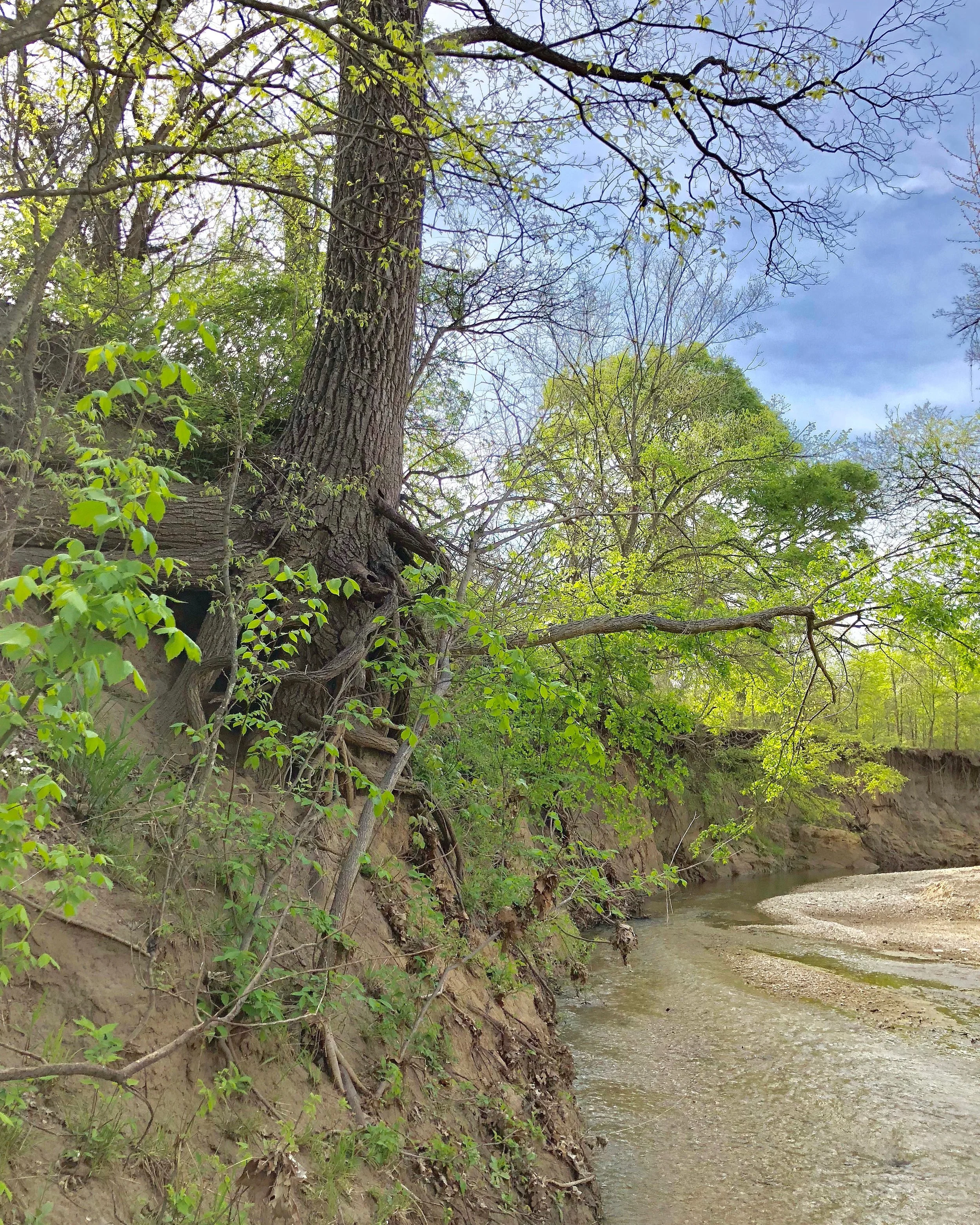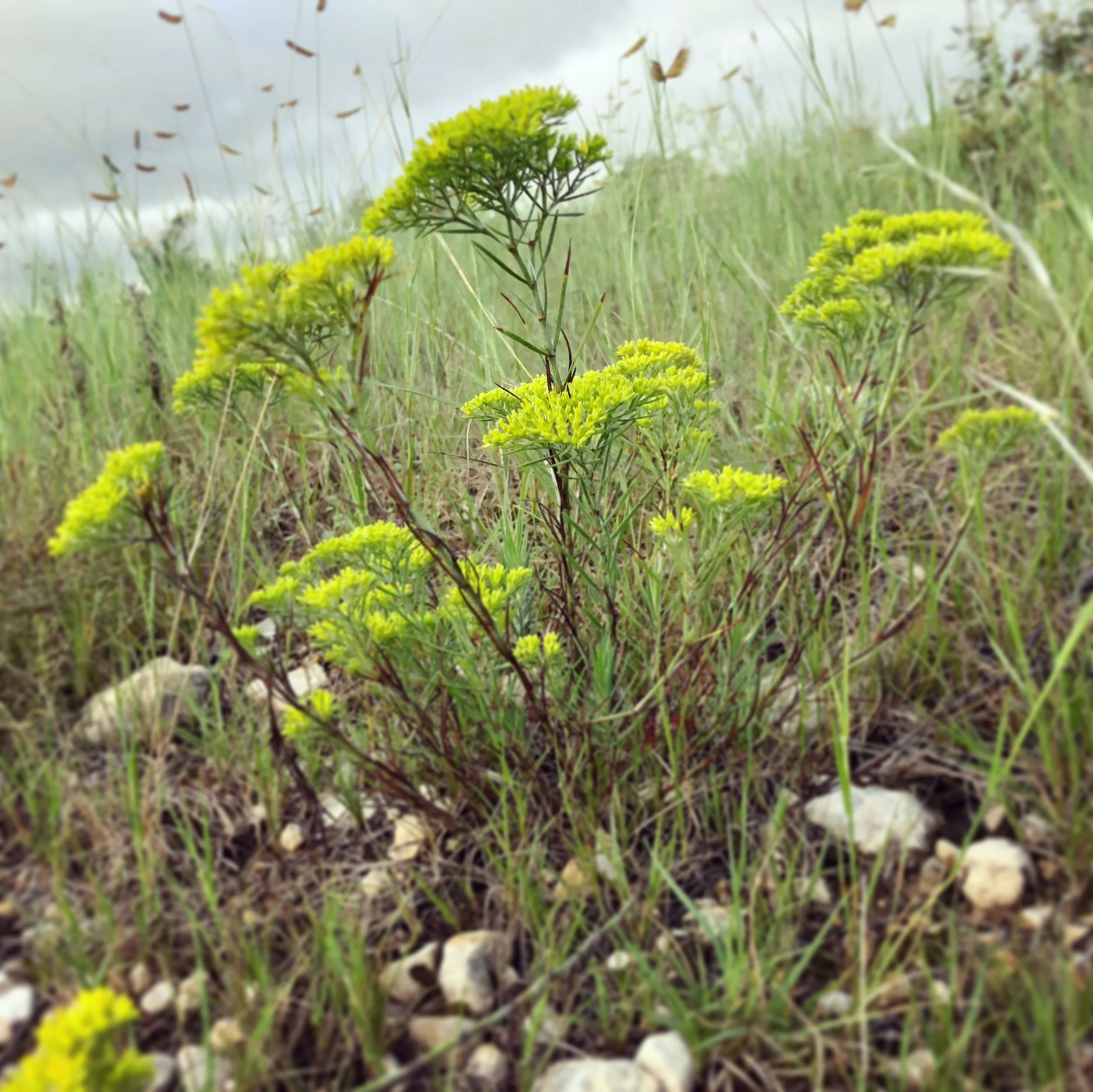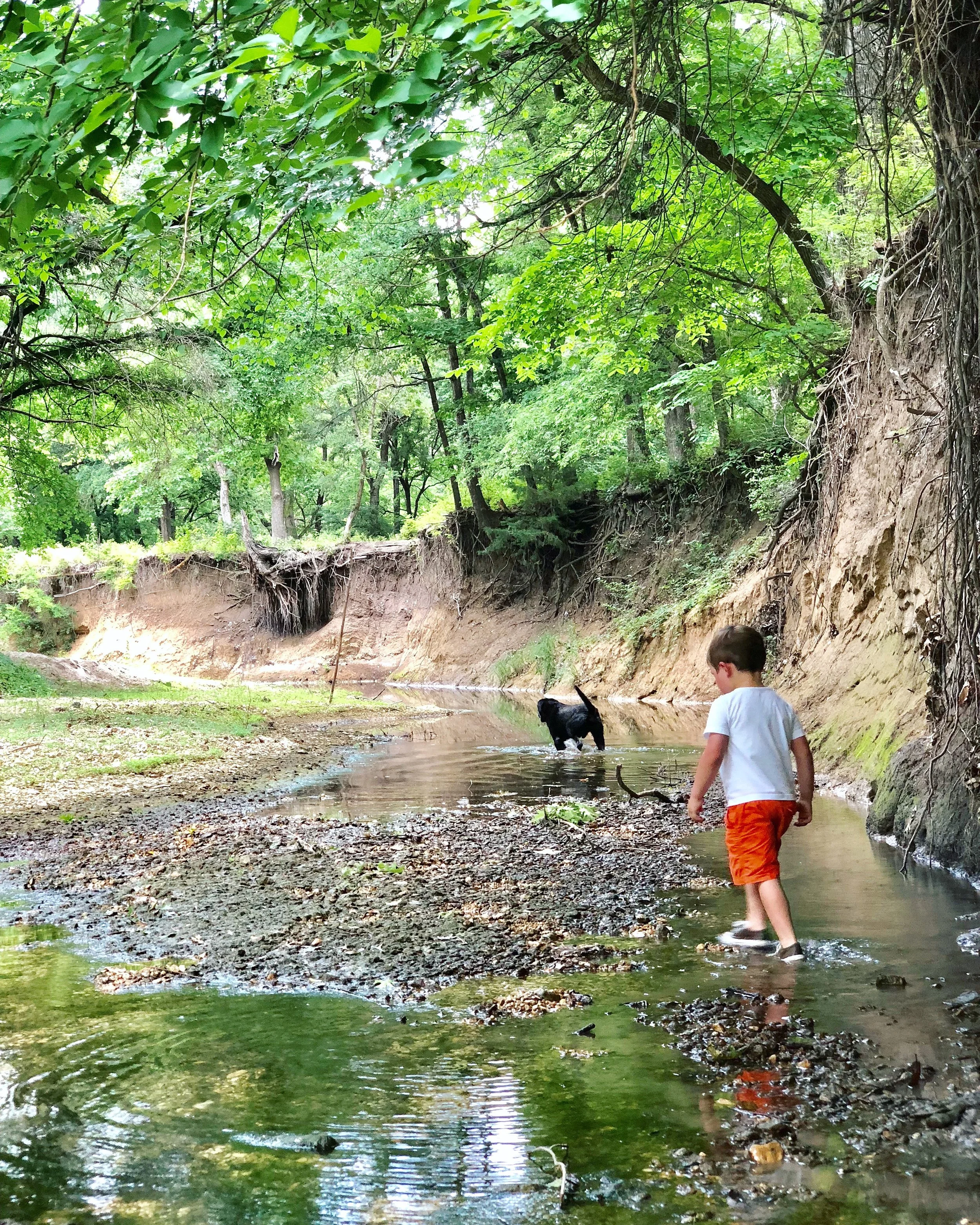

How we work
sequestering carbon
One benefit of ranching by using proper land stewardship techniques is that the plants sequester carbon from the atmosphere. Carbon emissions contribute to climate change whereas plants naturally take carbon out of the atmosphere and sequester it in the soil. 100% of the ranch is covered in plant life year round. This plant life consists of grassland or tree canopy with understory. The ranching operation is comprised of 1000 acres of forestland, 1000 acres of native grasses, 24% coastal Bermuda, and 6% cropland solely used for grazing. The grazed cropland employs no-till practices and the operation incorporates a warm season cover crop mix in order to abide by the five principles of soil health, providing additional grazing, sequestering carbon, and nurturing pollinators. Initial carbon modeling through the ESMC shows a NET carbon benefit to the environment of 2500 tons of co2 sequestered on average annually, THE EQUIVALENT OF TAKING 551 CARS OFF THE ROAD EVERY SINGLE YEAR.
Biodiversity and wildlife habitat
Another benefit to the environment that the ranch provides is an abundance of biodiversity and wildlife habitat. The ranch is home to many species that thrive off of the rich mixture of plant communities. 63% of the ranch is preserved as historic native habitat. The ranch is at the convergence of two broad ecoregions and consists of significant topography and various water sources including ponds, lakes, ephemeral streams and waterfalls, and creeks. Within the landscape are 7 major ecological zones as well. The ranch has catalogued over 1000 observations on iNaturalist consisting of over 500 different species of wildlife. Over 90 species of birds have been documented through Cornell University’s MerlinBird ID app. The ranch is home to federally imperiled, protected, and endangered species as well. Having almost a 12 month blooming period, the ranch is a critical stopping point for Monarch butterflies. It is common to see Bald Eagles roosting as well as deer, turkey, ducks, bobcats, and more. The operation’s philosophy is that it is far better to work with these “wild” neighbors and their habitat in a manner that improves it rather than dominating it with a heavy hand. The ranch provides a nutritious food source of beef through raising cows that graze on these plant communities. It is a wonderful symbiotic relationship.
Water filtration
Another benefit of maintaining diverse plant communities is their ability to filter water. The root systems of these plants reach deep into the soil breaking it up allowing water to be absorbed. Often times, over-grazing or tilling the land stops the ability of plants to form healthy deep roots causing runoff of nutrients or fertilizer or pesticides which directly enter our water ways. Through careful grazing systems such as those employed by the G Bar C Ranch, water percolates down, and is filtered deep in the ground and emerging through seeps as if passing through a water purification system, and entering major waterways crystal clear for municipalities downstream. This natural filtration system is one of the many benefits that proper grazing techniques provides.
“I feel like we are managing a national park rather than raising cows.”
Meredith ellis | rancher











